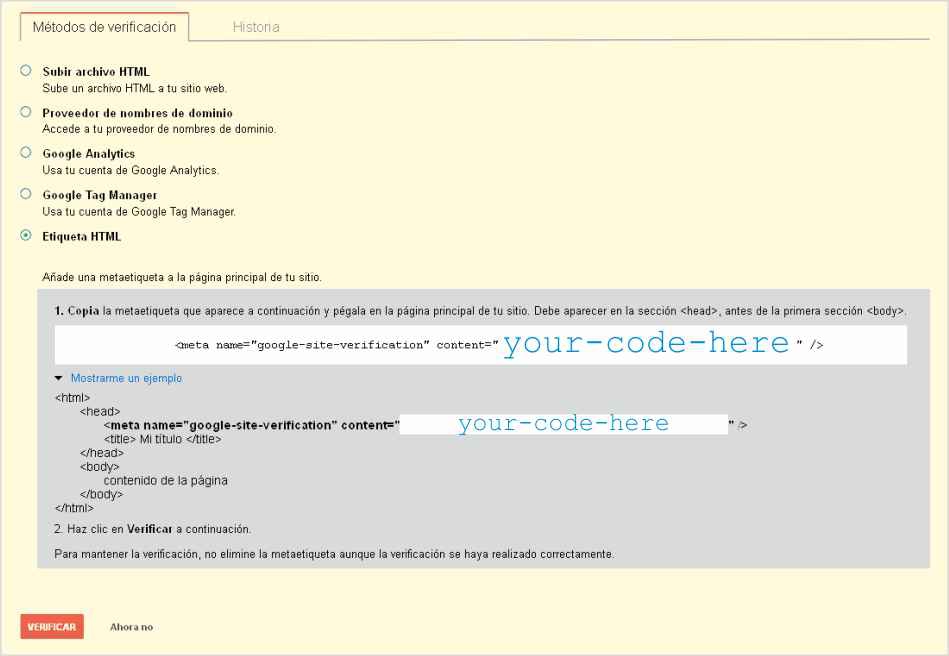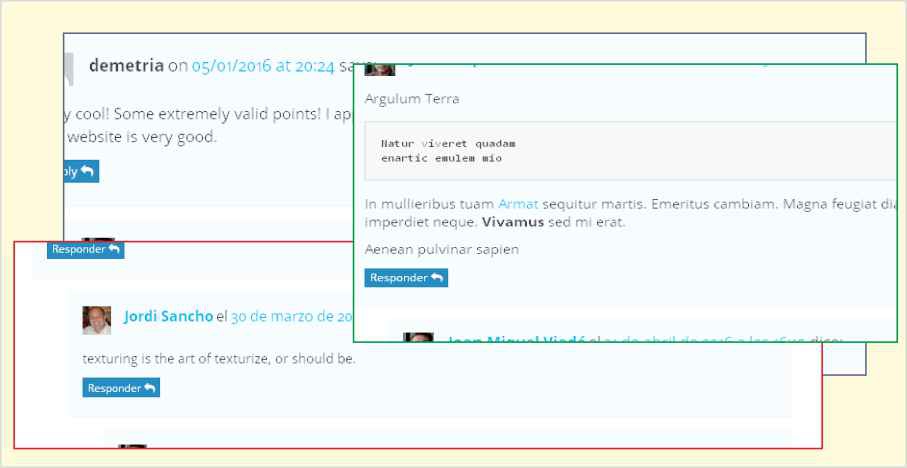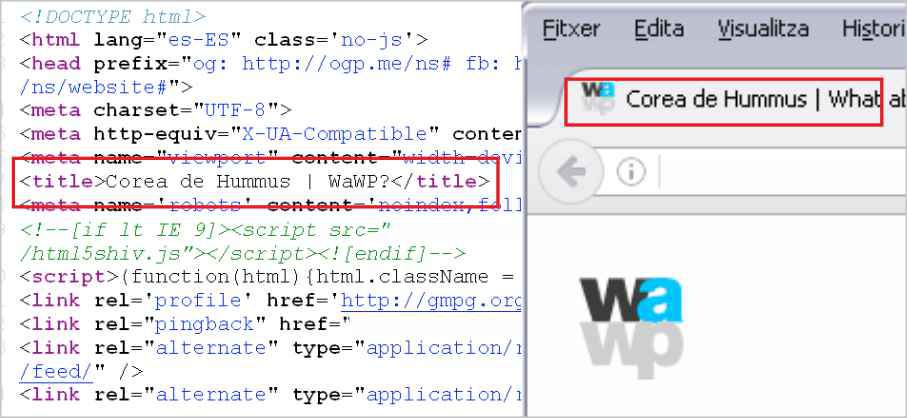As default, WordPress actions put the jQuery scripts in the header of all HTML pages however, sometimes it is necessary to move these scripts to the footer of the page but a simple movement is impossible. As jQuery script (and dependents) is defined by WordPress during the first steps of its loading, when you try to redefine later its output through wp_enqueue_script( ..., $in_footer TRUE ) or similars, you haven’t got any result.
There are some methods to make this change, some more risky, others more conservatives. Today, I’m going to show two methods very simple and quite conservative based on Continue reading…










